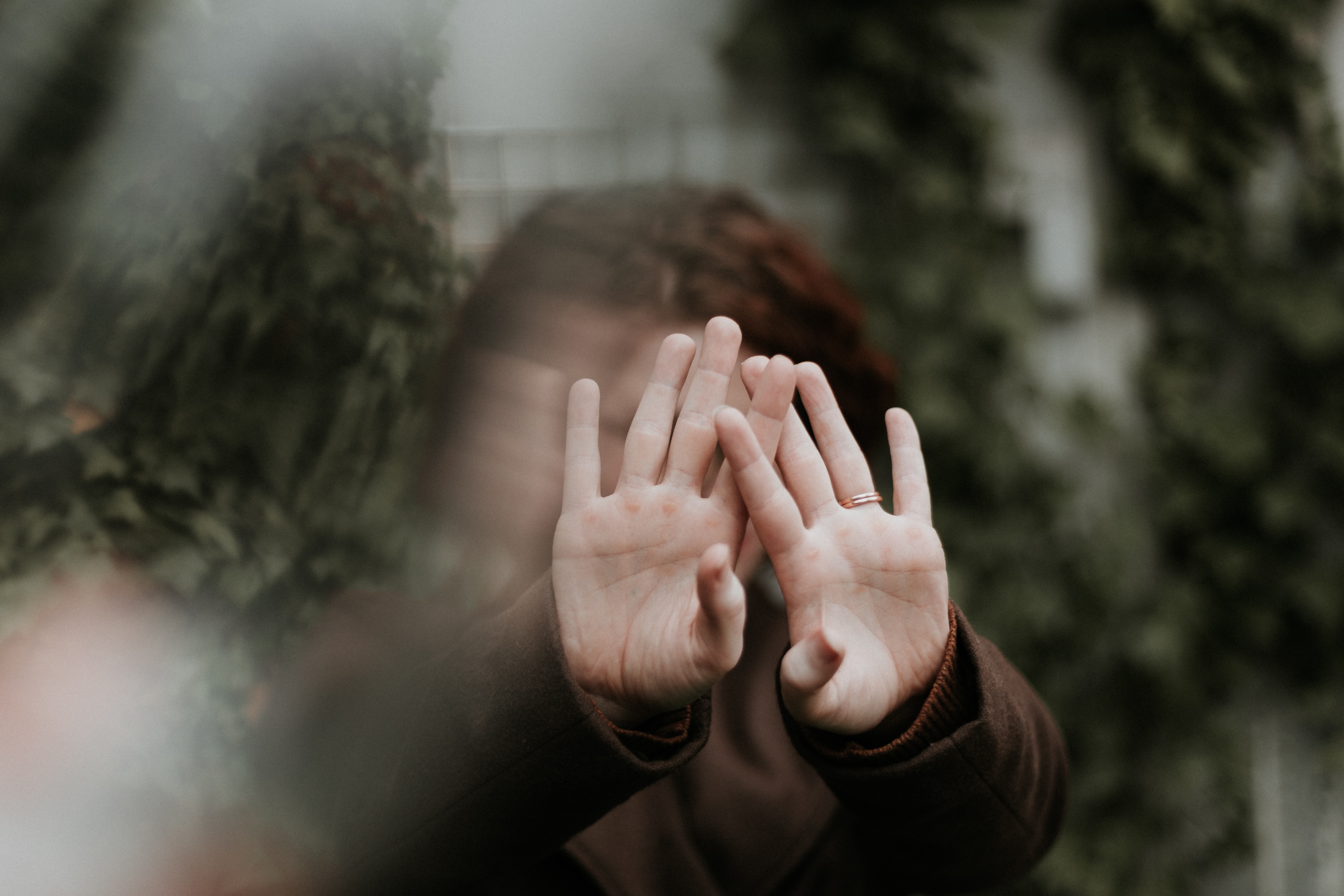Doctors don’t recommend removing cherry angiomas at home. The process of removing them at home is very painful and can be a cause of a skin infection.
There are many causes of red dots on your skin. Sometimes it can be hard to tell what the causes of this condition are. Red dots on the skin can be associated with a simple allergic reaction or with serious diseases. For this reason, it is important to determine the cause of the red dots on your skin. Below we have outlined five common causes of red bumps on the skin and ways to treat them.
1. Keratosis Pilaris
Keratosis pilaris is a common skin condition that affects many people. It appears because of the keratin retention in the hair follicles. This condition usually gets worse during dry weather. It is usually harmless but may cause dry skin, tiny red dots on the skin, and dry patches. Keratosis pilaris often affects upper arms, thighs, cheeks, or buttocks. The bumps don’t hurt or itch and cause only minor discomfort.
To improve the condition you need to use moisturizers and exfoliating remedies. Your doctor may also prescribe retinoid if all other remedies have appeared to be ineffective.
2. Folliculitis
This skin condition is associated with inflammation of hair follicles. The main causes of this disease are bacterial or fungal infections. Folliculitis often looks like red dots or white pimples around the hair follicle. These small dots often develop on the back, chest, shoulders, and buttocks.
To treat folliculitis you need to use antibacterial and anti-yeast washes when showering. For severe cases, the dermatologist may prescribe you a topical antibiotic solution. You need to take a shower every day and use salicylic acid-based wipes. This will help decrease the appearance of folliculitis.
3. Rosacea
Rosacea is a serious skin condition. This disease causes redness, pimples, and swelling. It usually affects the skin on your face and can develop on the nose, cheeks, forehead, and chin. Many people with rosacea report eye problems like dry or irritated eyes and eyelids. In severe cases, the skin on the nose may thicken causing the nose to appear bigger. If you have light skin, you are more prone to rosacea than people with darker skin. Smoking also increases the risk of rosacea.

Rosacea treatment involves drug therapy, which is aimed at reducing swelling and redness. The doctor may also prescribe oral antibiotics to treat bumps and pimples. Oral acne drugs may also be helpful.
4. Cherry Angiomas
Cherry angiomas are a pretty common skin condition that may develop on every part of your body. This condition usually affects people over the age of 30 but may also appear in younger people. Cherry angiomas look like small red dots on the skin. Dots are reddish because of the collection of small blood vessels inside a cherry angioma. This condition is considered harmless and causes only minor discomfort. However, you need to visit a dermatologist if the angiomas begin to bleed.
There are several common options for cherry angiomas treatment. The dermatologist may offer procedures like excision, electrodesiccation, cryosurgery, and laser removal. Doctors don’t recommend removing cherry angiomas at home. The process of removing them at home is very painful and can be a cause of a skin infection.
5. Psoriasis
Psoriasis is a chronic skin condition that cannot be cured. Psoriasis is an immune-inflammatory disorder in which your skin cells divide too quickly and do not shed quickly enough. This can result in red, itchy scaly patches. Psoriasis usually develops on the knees, elbows, and scalp. Sometimes, this condition develops even on the genitals and nails. This disorder can increase your risk of metabolic syndrome and heart disease.
For moderate psoriasis, doctors usually prescribe steroid creams or topical corticosteroids. Such treatment works by reducing inflammation in the affected area. This slows down the production of skin cells and relieves itching. However, there is no cure for psoriasis. You can only manage its symptoms with the help of special creams.


Join the conversation!